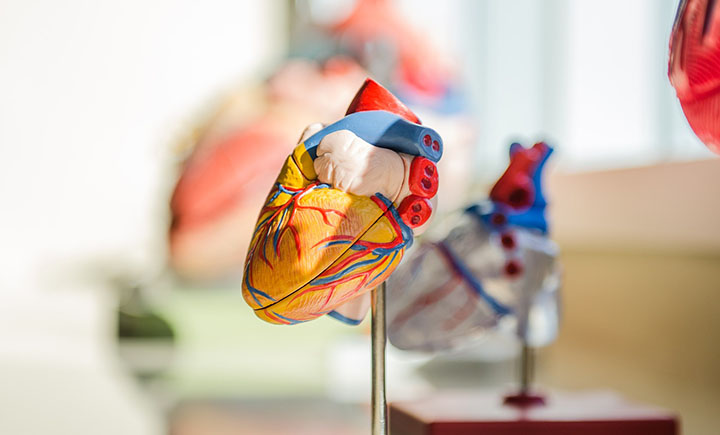Nanoparticles change the permeability of veins and arteries
Changing permeability could make medicines more effective and provide new drug delivery mechanisms.

Three professors from the Binghamton University Biomedical Engineering Department were recently published in Nanotoxicology as part of the study “Nanoparticle size-specific actin rearrangement and barrier dysfunction of endothelial cells.”
Their study is one of the first of its kind to connect gold nanoparticles with questions about health. Research assistant professor Amber Doiron, associate professor Gretchen Mahler and assistant professor Guy German from the Thomas J. Watson School of Engineering and Applied Science all worked on the study.
Doiron explained, “Nanoparticles are a huge area of research in the scientific community right now. However, they’re not yet well understood for their impact on human health.”
Nanoparticles are microscopic particles that are bigger than atoms but smaller than what the eye can see. They are unique for their large surface area-to-volume ratio and their fairly ubiquitous nature.
“Nanoparticles have unique properties and, because of that, are used in many applications. They’re in your food and may get into your bloodstream through environmental exposure. Eventually, they may be used for helping to get drugs to tissues or as imaging agents. We wanted to investigate how nanoparticles interact with human cells,” said Doiron.
The study looks specifically at the effects gold nanoparticles have on the health of a cell. They found that nanoparticles can change cells, but only if the particles are a very specific size.
“The nanoparticles have to be around 20 nanometers. Nothing bigger or smaller worked,” said Doiron.
Their research found that when the cells that line arteries or veins are exposed to these nanoparticles, the vascular permeability changes. This could potentially help in more effective medication delivery.
However, the researchers are also aware of some limitations to nanoparticles being used in this way. “It has to be exact, otherwise changing the permeability of veins too much could be extremely dangerous.”
The results could lead to a change in drug delivery mechanisms that can make drugs more effective and faster-acting.
